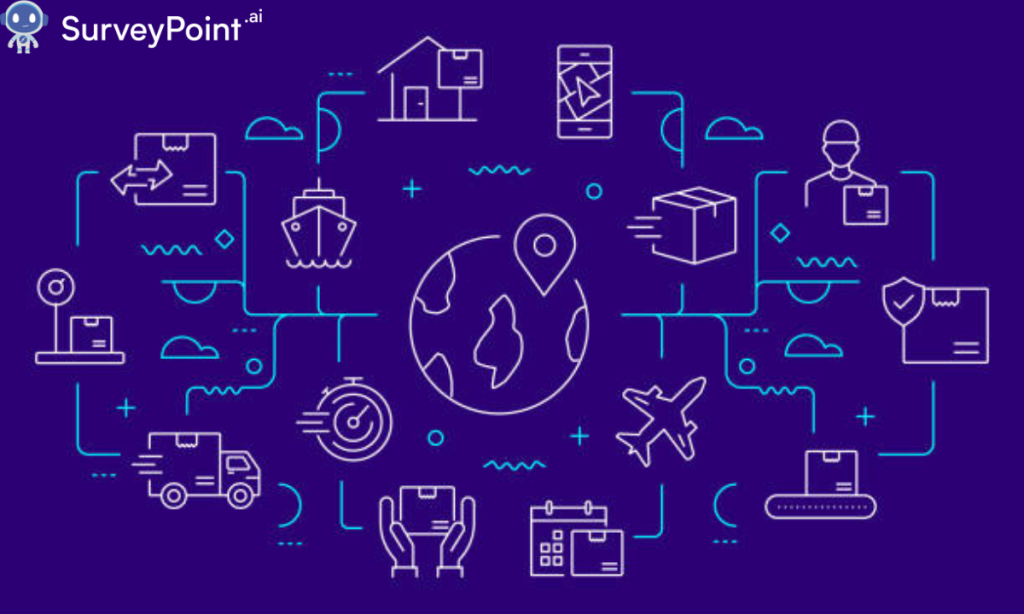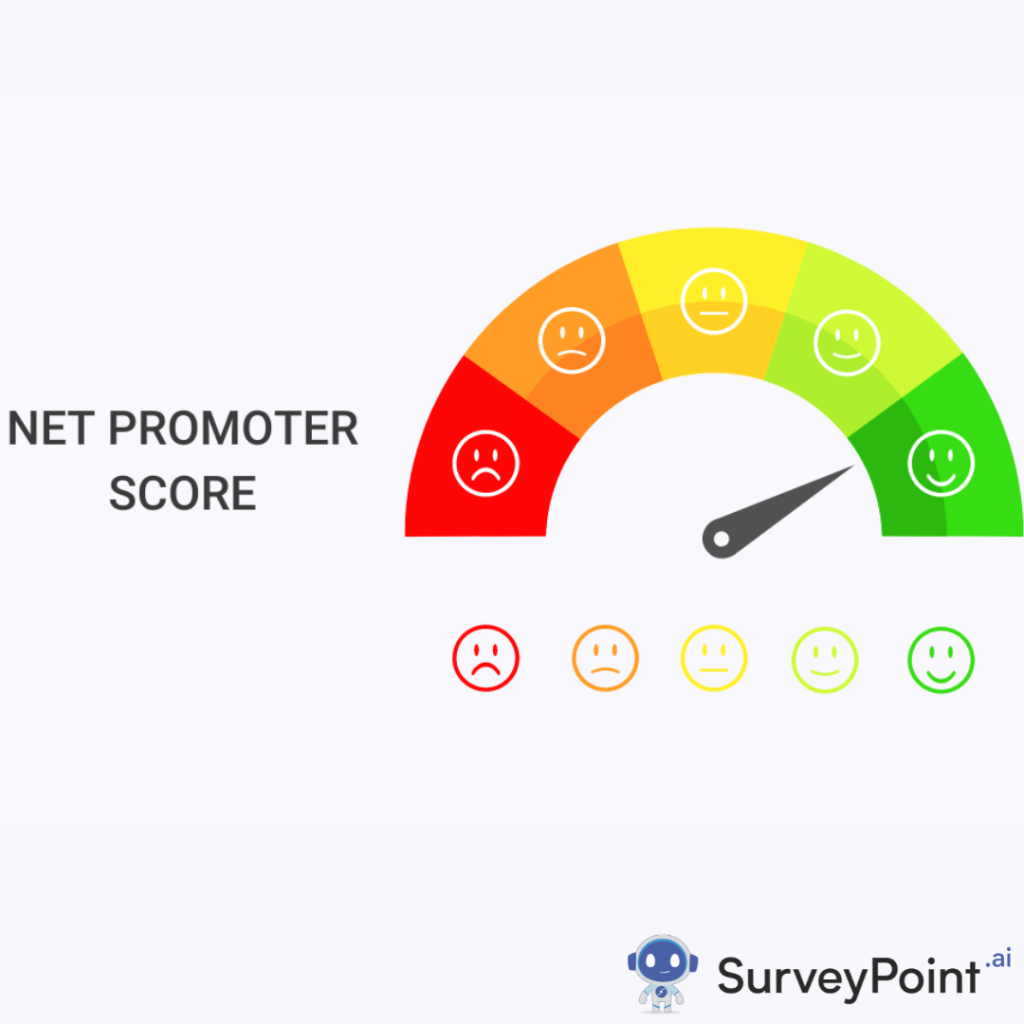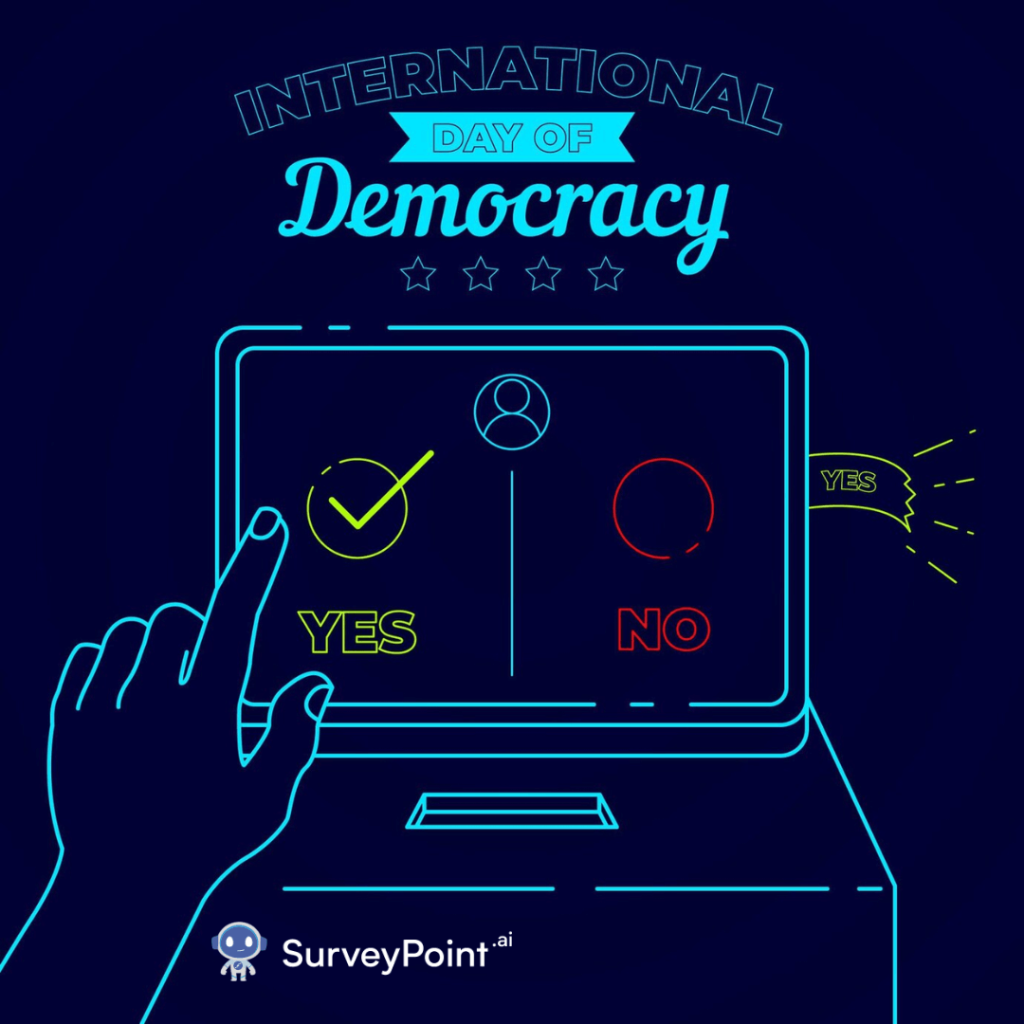
In the modern business landscape, supply chains are the backbone of operational efficiency and customer satisfaction. However, they are also highly complex and vulnerable to disruptions. Enter Artificial Intelligence (AI), a game-changer that is revolutionizing how supply chains operate. By leveraging AI, businesses can enhance forecasting, optimize inventory, streamline logistics, and improve overall decision-making processes. This blog explores the transformative impact of AI on supply chains and how it is ushering in a new era of efficiency and resilience.
The Role of AI in Supply Chain Management
AI’s integration into supply chain management involves the use of machine learning algorithms, predictive analytics, and automation to improve various facets of the supply chain. Here are some key areas where AI is making a significant impact:
1. Demand Forecasting
Accurate demand forecasting is critical for maintaining the balance between supply and demand. AI algorithms analyze historical sales data, market trends, and external factors like weather patterns and economic indicators to predict future demand with greater accuracy. This enables businesses to:
- Reduce Stockouts and Overstocks: By predicting demand more accurately, companies can optimize their inventory levels, reducing the risk of stockouts and excess inventory.
- Improve Customer Satisfaction: Meeting customer demand consistently enhances satisfaction and loyalty.
- Enhance Planning and Resource Allocation: Better forecasts allow for more efficient production planning and resource allocation.
2. Inventory Optimization
AI helps in maintaining optimal inventory levels by analyzing factors such as sales trends, lead times, and seasonal variations. This leads to:
- Reduced Holding Costs: Minimizing excess inventory reduces storage costs and capital tied up in unsold goods.
- Enhanced Cash Flow: More efficient inventory management improves cash flow, enabling businesses to invest in other areas.
- Greater Agility: Companies can respond more quickly to changes in demand or supply disruptions.
3. Predictive Maintenance
AI-powered predictive maintenance uses data from sensors and IoT devices to monitor equipment health and predict failures before they occur. This approach offers several benefits:
- Reduced Downtime: By anticipating equipment failures, companies can perform maintenance proactively, minimizing downtime.
- Extended Equipment Lifespan: Regular, predictive maintenance extends the lifespan of critical machinery.
- Lower Maintenance Costs: Preventative maintenance is generally less costly than emergency repairs.
4. Logistics and Transportation Optimization
AI enhances logistics and transportation by optimizing routes, managing fleet operations, and predicting delays. This results in:
- Cost Savings: Optimized routes and efficient fleet management reduce fuel consumption and labor costs.
- Improved Delivery Times: Predictive analytics help in anticipating and mitigating delays, ensuring timely deliveries.
- Enhanced Visibility: Real-time tracking and monitoring of shipments provide better visibility and control over logistics operations.
5. Risk Management
AI helps identify and mitigate risks in the supply chain by analyzing data from various sources, such as news reports, social media, and market trends. This enables businesses to:
- Anticipate Disruptions: Early identification of potential risks allows for proactive measures to mitigate their impact.
- Enhance Resilience: By understanding vulnerabilities, companies can develop strategies to enhance supply chain resilience.
- Improve Decision-Making: Data-driven insights lead to more informed and effective decision-making.
Case Studies: AI in Action
Several companies have successfully integrated AI into their supply chains, demonstrating its transformative potential:
- Amazon: Amazon uses AI for demand forecasting, warehouse automation, and optimizing delivery routes, significantly enhancing its supply chain efficiency.
- Walmart: Walmart leverages AI to optimize inventory management and predict demand, reducing stockouts and improving customer satisfaction.
- IBM: IBM’s Watson Supply Chain uses AI to provide real-time visibility and predictive insights, helping businesses manage disruptions and improve operational efficiency.
Challenges and Considerations
While the benefits of AI in supply chain management are substantial, there are challenges and considerations to address:
- Data Quality and Integration: High-quality, integrated data is essential for AI to deliver accurate insights. Ensuring data accuracy and consistency can be challenging.
- Cost and Implementation: Implementing AI solutions can be costly and complex, requiring significant investment in technology and skills.
- Change Management: Adopting AI requires a cultural shift and buy-in from all levels of the organization. Effective change management strategies are crucial for successful implementation.
Conclusion
AI is poised to revolutionize supply chain management, offering unprecedented levels of efficiency, accuracy, and resilience. By embracing AI, businesses can better predict demand, optimize inventory, manage logistics, and mitigate risks, ultimately driving growth and competitive advantage. As technology continues to advance, the integration of AI in supply chains will become increasingly sophisticated, further transforming how businesses operate in an ever-evolving market landscape.
In the new era of supply chain management, those who leverage AI effectively will not only survive but thrive, setting new standards for efficiency and customer satisfaction. The future of supply chains is intelligent, and the time to embrace AI is now. For more information checkout – surveypoint.ai




